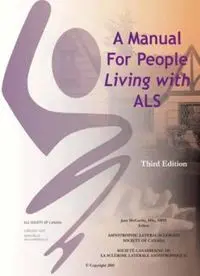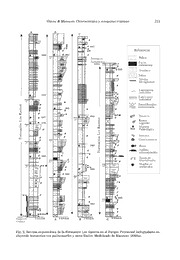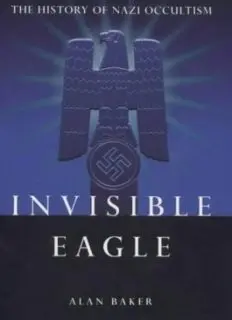
Invisible Eagle, The History of Nazi Occultism PDF
Preview Invisible Eagle, The History of Nazi Occultism
Invisible Eagle By Alan Baker The History of Nazi Occultism Contents Acknowledgements Introduction: search for a map of hell 1 - Ancestry, blood and nature The Mystical Origins of National Socialism 2 - Fantastic prehistory The Lost Aryan Homeland 3 - A hideous strength The Vril Society 4 - The phantom kingdom The Nazi-Tibet Connection 5 - Talisman of conquest The Spear of Longinus 6 - Ordinary madness Heinrich Himmler and the SS 7 - The secret at the heart of the world Nazi Cosmology and Belief in the Hollow Earth 8 - The cloud Reich Nazi Flying Discs 9 - Invisible Eagle Rumours of Nazi Survival to the Present Conclusion: the myth machine The Reality and Fantasy of Nazi Occultism Notes Bibliography and suggested further reading Index The historian may be rational, but history is not. - Louis Pauwels and Jacques Bergier 'I'm a sceptic.' 'No, you're only incredulous, a doubter, and that's different.' - Umberto Eco, Foucault's Pendulum Acknowledgements Grateful acknowledgement is given for permission to quote from the following previously published material: The Coming Race by E. G. E. Bulwer Lytton, published by Sutton Publishing, Stroud, Gloucestershire, 1995. Arktos The Polar Myth in Science, Symbolism, and Nazi Survival by Joscelyn Godwin, published by Thames and Hudson, London, 1993. The Occult Roots of Nazism by Nicholas Goodrick-Clarke, published by I. B. Tauris & Co., London, 1985. Extract from PROJEKT UFO © 1995 W. A. Harbinson. First published by Boxtree Ltd and reprinted with permission from the author. Trevor Ravenscroft: The Spear of Destiny (York Beach, ME: Samuel Weiser, 1982). Material used by permission. The Secret Doctrine by Helena Petrovna Blavatsky, published by Theosophical University Press, Pasadena, California, 1999. Psychic Dictatorship in the USA by Alex Constantine, published by Feral House, 2532 Lincoln Blvd. #359, Venice, CA 90291. The Making of Adolf Hitler The Birth and Rise of Nazism by Eugene Davidson, published by University of Missouri Press, 1997. Casebook on Alternative 3 by Jim Keith, published by IllumiNet Press, Lilburn, Georgia, 1994. Shambhala by Nicholas Roerich, published by the Nicholas Roerich Museum, New York, 1978. The Last Days of Hitler by Hugh Trevor-Roper, published by Macmillan, London, 1995. Explaining Hitler The Search For the Origins of His Evil by Ron Rosenbaum, published by Papermac, London, 1999. The Face of the Third Reich by Joachim C. Fest, first published by Weidenfeld and Nicolson, 1970. Hitler and the Occult by Ken Anderson, published by Prometheus Books, Amherst, New York, 1995. While every effort has been made to contact copyright holders for permission to use other lengthy quotes, this has not proved possible in all cases. Should these copyright holders wish to contact the publisher, appropriate credit will be given in future editions. Many thanks also to my agent, Julian Alexander, for his indispensable help and advice over the past two and a half years; and to my editors at Virgin Publishing, Lorna Russell, who got the book commissioned, and Kerri Sharp, who made its journey to publication a pleasure. Introduction: search for a map of hell This book is concerned with one of the most controversial notions of the late twentieth century, one that is so bizarre and appalling in its implications that serious historians have consistently dismissed it as the worst kind of nonsense. Put simply, the notion is this: that the shocking nightmare of Nazism and the destruction it wrought throughout the world were the result of an attempt by Hitler and his cohorts to contact and enlist the aid of supernatural forces in their bid for domination of the planet. Upon reading this, older readers may be put in mind of the lurid but enjoyable occult thrillers of Dennis Wheatley, such as Strange Conflict, which deals with Nazi magical practices in a highly sensational way, and may dismiss the idea for that reason. Other readers may well pause to consider the hideous excesses practised by the Nazis and be dismayed that the defining tragedy of the twentieth century should be trivialised by such an idea. There is no doubt that the subject of the Third Reich inspires a deep and abiding fascination to this day, with the origin of the awful cruelties perpetrated in its name still the subject of intense debate. Ever since Hitler's death in the Fuhrerbunker in 1945, historians, psychologists and theologians have attempted to understand and explain the frightful aberration that was Nazism. One of the foci around which discussion of Hitler moves is the question of where he stands in the spectrum of human nature. As the journalist Ron Rosenbaum notes, the very existence of this spectrum suggests an extremely uncomfortable question: 'is Hitler on a continuum with previous and successive mass murderers, explicable within the same framework, on the extreme end of the same spectrum of the human nature we supposedly share with Jeffrey Dahmer and Mahatma Gandhi?" Or is he something else entirely, existing outside the continuum of humanity, evil in some absolute, ultimate way? The theologian Emil Fackenheim believes that such was the magnitude of Hitler's crimes that we must consider him as representing a 'radical evil', an 'eruption of demonism into history'. (2) Hitler's evil is seen by thinkers like Fackenheim as existing beyond the bounds of ordinary human behaviour (however appalling). Indeed, to them it is so extreme that it transcends the field of behavioural science and enters the realm of theology: in other words, Hitler's ultimate nature can only be completely understood by God. The industrialised mass murder perpetrated by the Nazis resonated irresistibly through the latter half of the twentieth century, and is certainly the principal contributing factor to what the British historian Norman Davies calls 'a demonological fascination with Germany'. In summarising the historiography of the Western Powers, Davies states: 'Germany stands condemned as the prime source both of the malignant imperialism which produced the First World War, and of the virulent brand of fascism which provoked the Second.' (3) In the post-war years, this contributed to the 'Allied scheme of history' in which the West presented (and still presents) itself as the pinnacle of civilisation, morality and altruism. While the numerous reasons why this is far from the truth lie beyond the scope of this book, the attitudes that have accompanied the Allied scheme are of extreme importance with regard to our continuing fascination with the Nazis. Davies writes of 'The ideology of "anti-fascism", in which the Second World War of 1939-45 is perceived as "the War against Fascism" and as the defining event in the triumph of Good over Evil.' (4) It is easy to understand, therefore, how such defining events (particularly those separated from us by a mere 55 years) can tenaciously maintain themselves in the public consciousness. While historians have tended to concentrate on the many important economic, social and historical factors that influenced Nazi ideology, somewhat less attention has been paid to the Nazis' fascination with arcane and esoteric belief systems, in spite of their undeniable influence upon Hitler and the architects of National Socialism in the years leading up to and including the Second World War. The purpose of this book, therefore, is to attempt to make some sense of the irrational and benighted realms of Nazi occultism and pseudo- science, and to attempt an explanation of the strange attraction they held for their proponents. Given the human capacity for myth-making, it is perhaps unsurprising that the known history of the Third Reich should have given rise, in subsequent decades, to the assertion that the Nazis were, quite literally, in contact with an evil, transhuman intelligence that chose to exert its influence over humanity through the living conduits of Hitler and other high-ranking members of the Reich. In the course of this book, we shall see that the intellectual fathers of National Socialism, aggressively anti-Semitic Pan-German and volkisch nationalists like Guido von List, Jorg Lanz von Liebenfels and Rudolf von Sebottendorff, cultivated an undeniable and profound interest in occultism, theosophy, the idea of Atlantis as a lost Aryan civilisation, and the magical powers inherent in the very blood of racially pure Germans. That Hitler's immediate subordinates themselves dabbled in occult sciences such as astrology is also beyond doubt. Occultism played a significant role in the formation and rituals of the SS; and it is also a matter of historical record that the Nazis embraced cock-eyed cosmological theories such as Horbiger's World Ice concept (which provided them with an opportunity to denounce the ideas of the Jewish Albert Einstein). In the decades since the end of the war, some historians have seen Nazi occultism as evidence of the essential irrationality underlying the Third Reich, and as a salutary lesson regarding the power that myth can exercise over the human mind. This point of view is, of course, based on the fact that occultism (however important it may be in the history of the human quest for understanding) is not an accurate way of describing the nature of the Universe. The concepts, beliefs, attitudes and actions we shall encounter in this book, however, are based on the opposite notion, that occultism is a genuine and useful system with which to apprehend and influence the workings of Nature. If we take Fackenheim's belief that Hitler represents an 'eruption of demonism into history', which can only truly be understood by God, and apply it to the subject of Nazi occultism, it becomes clear that the various claims for the reality of genuine Nazi occult power were inevitable. One can easily imagine the thought processes of the writers who have made these claims: the Third Reich was an atrocious aberration in the history of humanity, an utter catastrophe even by our usual bloody standards. How could it have come about? If Hitler was uniquely evil, why was he so? What was it in his mind, his nature, his essential attributes and the actions to which they gave rise that took him beyond the continuum of human behaviour and placed him at the level of the absolute, comprehensible only to the creator of the Universe? If his evil extended beyond the human, is it possible that its origin lay beyond the human? In view of the extreme nature of Nazi crimes, the idea that an evil external to humanity (a cosmic evil) exists and that leading Nazis actually attempted to make contact with trans- human entities in their pursuit of world domination and the creation of an Aryan super-race maybe seen by many as distasteful in the extreme, and demeaning to the memory of those who suffered and died under Hitler's tyranny. It is an uncomfortable notion, to be sure, and one that, as the British writer Joscelyn Godwin notes, occupies 'that twilight zone between fact and fiction: the most fertile territory for the nurturing of mythological images and their installation in the collective imagination'. (5) However, it is for this very reason that the idea of genuine Nazi occult power demands our attention: it has become an important (if unwelcome) aspect of the history of the Second World War and the second half of the twentieth century. At this point, I should clarify my reasons for and intentions in writing this book. The prevalence of the Nazi-occultism idea is such that I considered it worthwhile to attempt an evaluation of it - especially in view of the fact that humanity stands on the threshold of a new millennium more or less intact. With the arrival of the year 2000, human culture finds itself in an intriguing position, the nature of which might best be captured by the British writer Thomas De Quincey's statement that the present is the confluence of two eternities, the past and the future. As we look with curiosity, hope and some trepidation to the new century and the new millennium before us, we will also, of necessity, look back at the thousand years we have just left behind, and in particular at the century that has just ended - without doubt the bloodiest and most violent, but also the century that saw more and greater scientific advances than any other in the history of our species. And yet, despite the myriad scientific and technological advances that have carried us to this point in our history, it cannot be said with any confidence that science itself has triumphed over mythology. In some ways, this is by no means a bad thing: human beings are not machines, and a worldwide culture based exclusively on hard scientific principles would be intolerable to human nature, which is fascinated by spirituality, mythology and mystery. However, this inherent need in human beings to mythologise can seriously hinder the quest for truth, particularly historical truth. As the British historian Hugh Trevor-Roper put it, 'reason is powerless against the obstinate love of fiction'. When he wrote this, Trevor- Roper was referring to the so-called 'Hitler survival myth', the idea that the Fuhrer did not die in the Berlin bunker in 1945, but somehow managed to escape - according to various versions, to South America, to Antarctica, and even to a monastery in Tibet. As a historian and British intelligence officer, Trevor-Roper was given the task of establishing Hitler's fate by the then-head of Counter-intelligence in the British Zone of Germany, Sir Dick White. He made his report to the Four-Power Intelligence Committee in Berlin on 1 November 1945, and the report inspired one of the finest history books ever published, The Last Days of Hitler (1947). In this book, Trevor-Roper calmly establishes beyond all reasonable doubt that Hitler did not survive the end of the Second World War. Nevertheless, the Hitler survival myth continued to circulate, particularly in far-right and neo-Nazi circles, and can still be encountered occasionally to this day. This mythopoeic capacity is brought to bear in the absence of verifiable data. In the case of the Hitler survival myth, in September 1945 no one knew for certain what had happened to the Fuhrer: he had simply disappeared. This gave rise to numerous speculations, particularly from journalists, that he had somehow managed to escape from the ruins of Berlin as his Thousand-Year Reich imploded to the dimensions of his bunker. When Trevor-Roper's final report was delivered, stating that Hitler had died by his own hand and that all other theories were 'contrary to the only positive evidence and supported by no evidence at all', it drew criticism from some quarters. 'The critics did not indeed deny the evidence that was produced, but they maintained that there was still a possibility of escaping so final a conclusion; they maintained that the body that had been burnt was that not of Hitler but of a "double" introduced at the last minute ...' (6) Trevor-Roper's use of the phrase 'a possibility of escaping' is interesting and very significant with regard to the present book, since the idea of escaping from a final conclusion to the horror of Hitler resonates powerfully with the fact that Hitler himself managed to escape human justice through suicide. Indeed, as more than one commentator has suggested, Hitler managed a twofold escape: not only did he elude punishment for his crimes but he has also eluded explanation, as noted earlier. This inability on our part to arrive at a satisfactory explanation for Hitler has been called 'evidentiary despair' by Ron Rosenbaum, who illustrates the concept with comments from historians such as Trevor-Roper, Alan Bullock and the Jewish-studies scholar Alvin Rosenfeld. Trevor-Roper still considers Hitler a 'frightening mystery', while Bullock states that the more he learns about Hitler, the harder he finds him to explain. Rosenfeld sums up the problem best: 'No representation of Adolf Hitler has seemed able to present the man or satisfactorily explain him.' (7) Of course, there have been many attempts to explain the mind of Hitler, to chart the process that took him from unprepossessing Viennese down-and-out to the assassin of European Jewry. Surprisingly (indeed, shockingly), the debate that has continued for more than half a century concentrates partly on the question of whether or not Hitler can accurately be described as 'evil'. Our first reaction to this might be that it is the easiest question to answer that has ever been posed, to echo Alan Bullock's 'If he isn't evil, who is?' Nevertheless, the ease with which we seem to be able to answer this question is illusory and, in addressing ourselves to it, we find ourselves grappling with one of the oldest problems of humanity: the problem of the nature of evil itself. As Rosenbaum reminds us, 'it doesn't matter what word we choose to apply to Hitler', it does not alter the number of people who suffered and died. 'How we think about Hitler and evil and the nature of Hitler's choice is a reflection of important cultural assumptions and divisive schisms about individual consciousness and historical causation, the never-ending conflict over free will, determinism, and personal responsibility.'8 It is important to emphasise that to question the use of the word 'evil' as applied to Hitler is not to minimise in any way the enormity of his crimes (which were inarguably horrific). However, our intuitive sense of the existence of evil and the certainty with which we perceive its presence in Hitler is little help
The list of books you might like

Corrupt (Devil's Night #1)

What Happened to You?

Can’t Hurt Me: Master Your Mind and Defy the Odds

Rich Dad Poor Dad
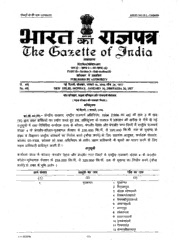
Extraordinary Gazette of India, 2006, No. 78

The Ratline
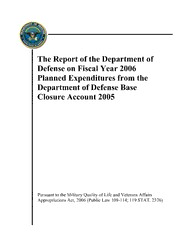
DTIC ADA454032: The Report of the Department of Defense on Fiscal Year 2006 Planned Expenditures from the Department of Defense Base Closure Account 2005

Automated deduction in geometry : Second International Workshop, ADG '98, Beijing, China, August 1998 : proceedings
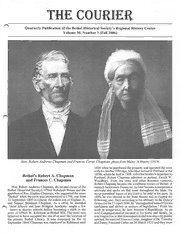
The Courier, Vol. 30, No. 3
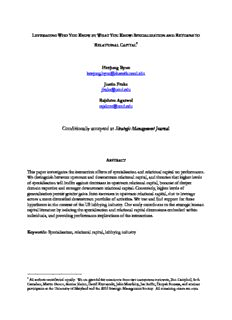
Byun Frake Agarwal 2017

CAUT Bulletin April 2012 (Volume 59, Number 4)
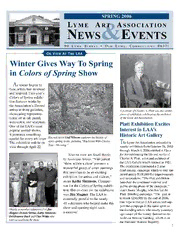
SPRING 2006 LYME ART ASSOCIATION NEWS & EVENTS

Attitudes Towards the Use of Violence and Partner Directed Aggression
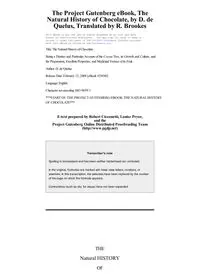
The Natural History of Chocolate by D de Quelus
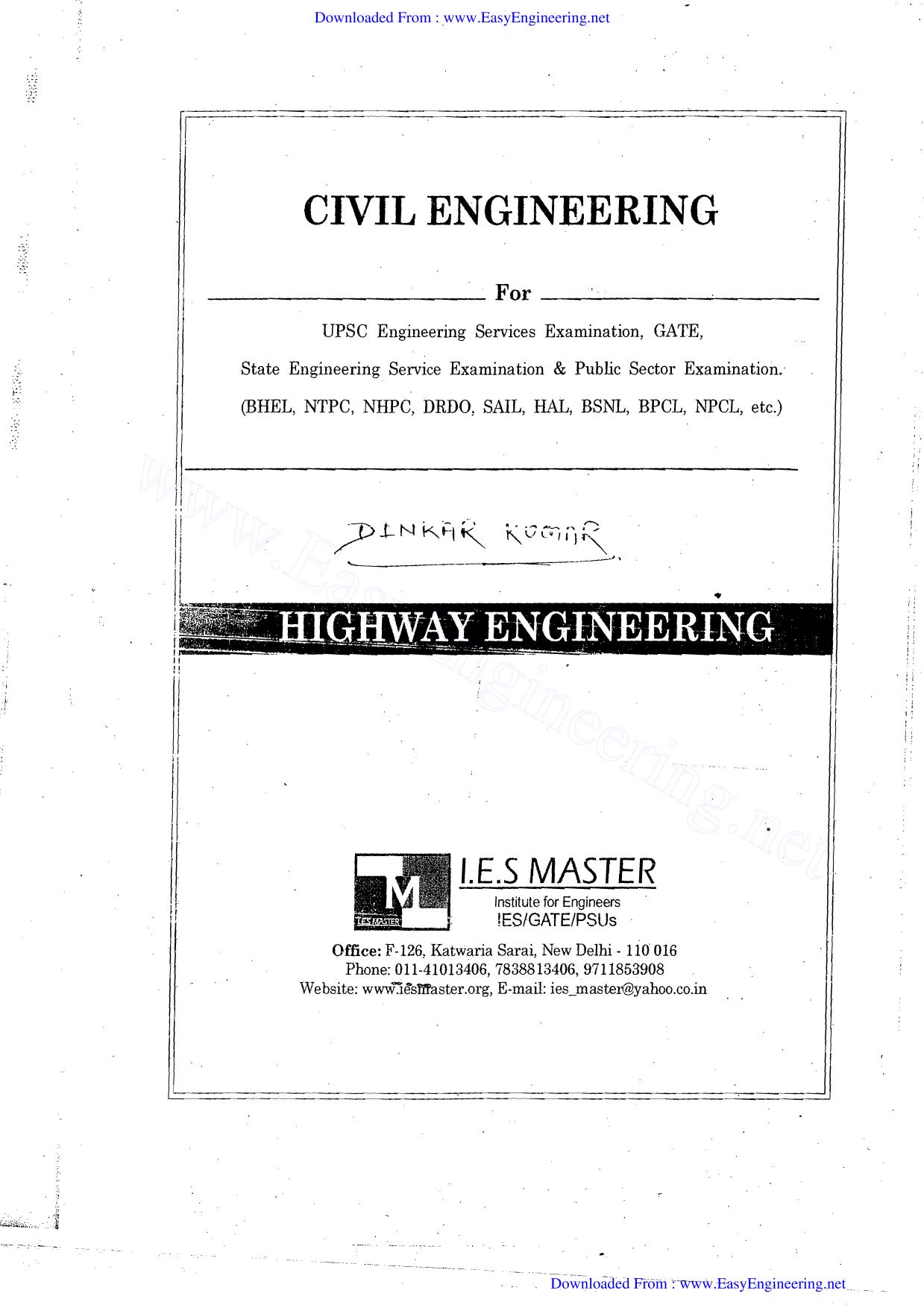
Rcc

Medicinal Research Reviews 1993: Vol 13 Index
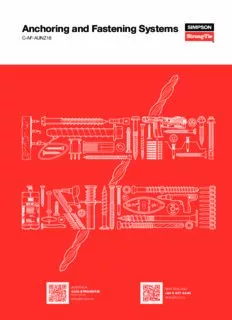
C-AF-AUNZ18
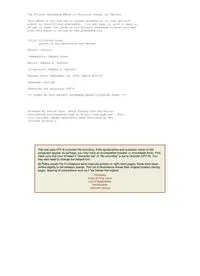
Victorian Songs

Elements of Music (Wooden Books Gift Book)

Software Language Engineering: Third International Conference, SLE 2010, Eindhoven, The Netherlands, October 12-13, 2010, Revised Selected Papers
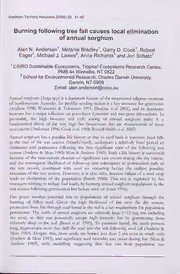
Burning following tree fall causes local elimination of annual sorghum
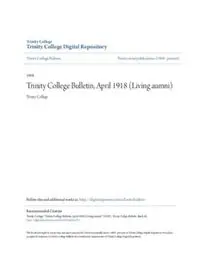
Trinity College Bulletin, April 1918 (Living aumni)
